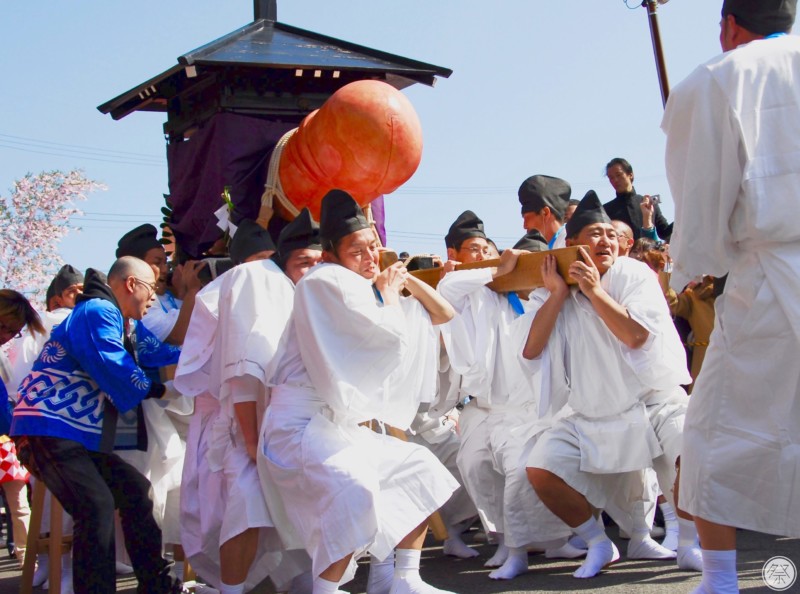

The representation of which is an allegorical symbol of deity – abstract yet omnipresent. The all-seeing eye is an emblem found in every well-furnished Masonic lodge around the world. The sprig of acacia, then, in its most ordinary signification, presents itself to the Master Mason as a symbol of the immortality of the soul, being intended to remind him, by its ever-green and unchanging nature, of that better and spiritual part within us, which, as an emanation from the Great Architect of the Universe, can never die. It was esteemed a sacred wood among the Hebrews, and of it Moses was ordered to make the tabernacle, the ark of the covenant, the table for the shewbread, and the rest of the sacred furniture ( Exodus 25-27).

I will set junipers in the wasteland, the fir and the cypress together…” . The acacia is called in the Bible Shittim, which is really the plural of Shittah, which last form occurs once only, in Isaiah 41:19, which reads “I will put in the desert the cedar and the acacia, the myrtle and the olive. The acacia arabica grew abundantly in the vicinity of Jerusalem, where it is still to be found, and is familiar in its modern use at the tree from which the gum arabic of commerce is derived. Botanically, it is the acacia vera of Tournefort, and the mimosa nilotica of Linnaeus, called babul tree in India. Mackey, in his Encyclopedia of Freemasonry, says:Īn interesting and important symbol in Freemasonry. Breath of the Sea (1 for each Quest the player has for that particular Shrine)Īdditionally, the Shrine of Ancient Tears, Shrine of Ocean's Fortune, and Shrine of Tribute may spawn a Chest of Ancient Tributes at the end of their respective puzzles.Įach Siren Shrine features a commendation for its discovery, as well as a commendation for visiting each Siren Shrine.The Acacia is a highly symbolic plant with both quasi-religious aspects and more modern day connections to occult and psychoactive aspects used in ritual practice.Scattered throughout and around the Shrine, players may find:Īnd if players entered the Shrine with a Coral Message in a Bottle Quest: Shrines can be extremely rewarding ventures, especially for newer players as the Coral Treasure found within sells for significantly more gold and reputation than its regular counterparts. Treasure stored within a Sunken Merfolk Statue can be retrieved from a special Merfolk found on the surface of the water. Shrines feature Sunken Merfolk Statues scattered throughout which players may use to store Treasure and return to the surface. Columns of coral releasing air bubbles can be found around shrines, allowing players to refill their air without swimming to the surface. While in the water around a Shrine, players will drown significantly slower, allowing them to explore freely while not having to worry as much about breathing. This glow disappears shortly after a Shrine is cleared, and will turn back on when it resets. When approaching an active Shrine, a spiraling purple glow should be visible on the water over a shrine to indicate where players should swim to reach the Shrine. Instead, each Shrine is marked only by its name and a simple illustration of a coral structure.

Unlike regular Islands, Siren Shrines exist only on the seafloor and as such are not marked on the map table by an overhead view. Additionally, some re-use mechanics introduced in the A Pirate's Life Tall Tales. There are six different Siren Shrines to discover:Įach Siren Shrine utilizes a unique puzzle or gimmick, usually involving platforming or light combat with Ocean Crawlers or Coral Skeletons.


 0 kommentar(er)
0 kommentar(er)
